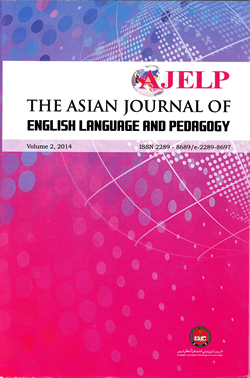The Teaching of Sound-Letter Association across Gender among Young English Language Learners
Keywords:
sound-letter association, six-year-old, reading, gender differencesAbstract
Teaching reading in English to young six-year-old non-native speakers of English requires a specific approach. Children at this age are best taught to read from the smallest unit of sounds and continue to learn how these sounds are associated with the letters of the alphabets before they embarked into reading words. However, some scholars argue that approaches in teaching young children to read should differ between genders. Gender factor has been widelydeliberated in the domain of reading in English among children. This paper addresses the issue of teaching the soundletter association among 6-year-old preschool children. Specifically, it will focus on the gender factor in learning the sound-letter association and blending of those sounds via the use of the synthetic phonics method of reading instruction. We will discuss the method of instruction used in this study and provide evidence based on the findings of a pre and post-test. Our findings indicate that there were no gender differences of the lower level skill specifically in the sound-letter association. The findings suggest that both male and female preschool children learned at the same rate using the synthetic phonics method of instructions. We argue that though gender is considered as one of the contributing factors in successful reading in English, for example at the comprehension or vocabulary level, it is however not a fundamental factor with the lower level skills specifically, in learning the sound and letter association and blending these sounds. In other words, children’s success in associating sounds and letters, and in blending sounds in English does not differ in terms of their gender.





